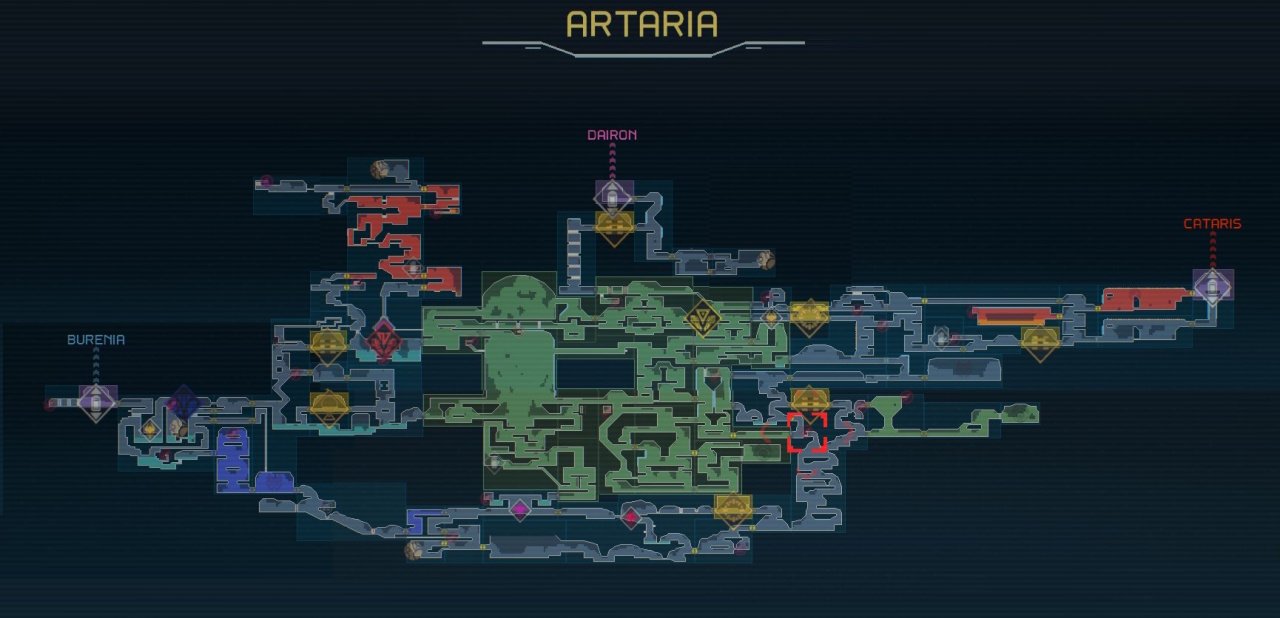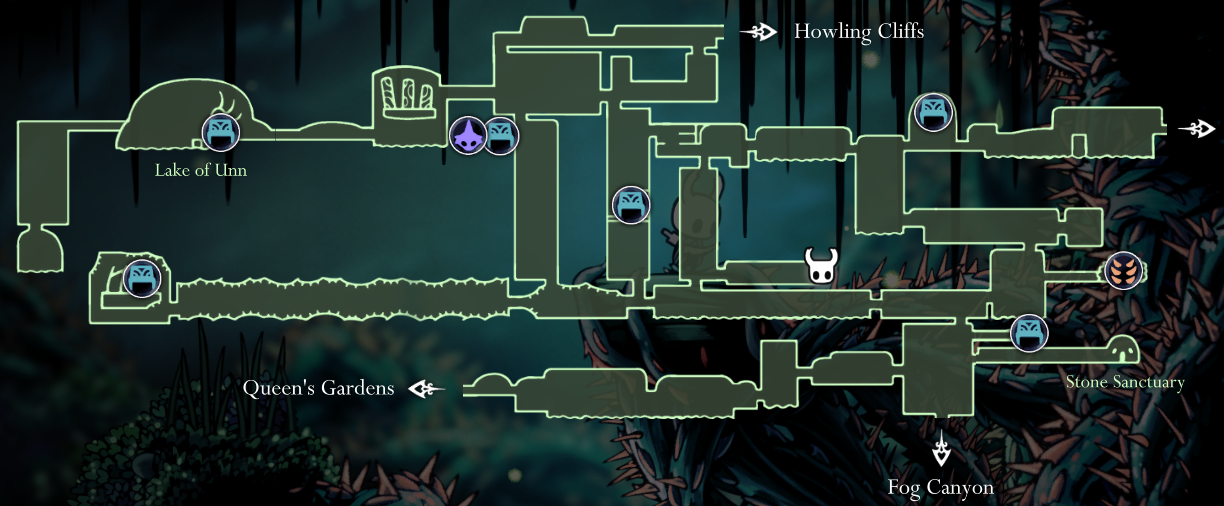Metroid Dread Isn’t Perfect
Before I get into this, I want to make something clear. I really enjoyed Metroid Dread, and I’m extremely glad that Nintendo finally decided to continue the 2D Metroid series. However, I believe that the game has some issues that I really haven’t seen discussed anywhere, not even by David Jaffe! I don’t think these ruin the game by any means, but after hearing people hype this title up I was a little surprised that some of these flaws weren’t given some more attention.
My History with Metroid(vanias)
My first Metroid game was Metroid Fusion for the GBA. My parents had bought my cousins Game Boy and all of his games off of him, and Metroid Fusion happened to be one of them. I eventually got around to playing it and enjoyed my time with it as a child, though I never ended up completing it. Not entirely sure why, but if I had to put money on it I would say that I got lost and eventually gave up.
This would be my only foray into the Metroidvania genre for many years (no, I’m not counting Zelda). Fast forward to 2018, and a close friend of mine was playing Hollow Knight. I was intrigued by the game and she seemed to think I would enjoy it, so I decided to give it a go. This turned out to be an excellent decision, as I now consider it my favorite game of all time, and it kick-started my realization that there were in fact games I could run on my laptop that wouldn’t run at 9 fps. Before this I mainly played games on console, only turning to PC to play multiplayer games. Hollow Knight kick-started my interest in PC games, and in particular indie games. Since then the Metroidvania I have played are: Carrion, Dandara, Dark Souls, Dead Cells, Guacamelee!, The Messenger, Ori and the Blind Forest, Ori and the Will of the Wisps, and Super Metroid itself, with Axiom Verge and Blasphemous also sitting in my Steam library. Safe to say, I’m a fan of the genre.
A Non-Non-Linear Experience
Ok I’ll admit, I have sorta heard this talked about before on my favorite video game podcast. Metroid Dread guides the player towards their next objective in a rather pointed way. The developers have done an excellent job of creating the world in such a way that the path you’ll most likely take after acquiring an upgrade leads directly to the next upgrade, allowing you to blow through the game in, essentially, a linear fashion. To some extent, I think it’s a matter of taste as to whether you prefer this more guided experience to having to build a mental map and figure out for yourself where to go next. However, I found that if I every strayed from this path (either by accident or intentionally) the only way to continue was to go back to the room where I had last gotten an upgrade and set off from there, trying to keep in mind where the developers are guiding me.
Another thing the developers do is gate off certain areas as you progress. This is done to eliminate the numbers of places you can explore at any given time, something I initially greatly appreciated as someone to tends to avoid the critical path in favour of optional upgrades whenever possible. Unfortunately, I found that this created a lot of situations where I would open my map and pick the path I wanted to take somewhere, only to find out there was something on that path blocking my way that wasn’t made super clear on the map.
To compound this problem, I am not a fan of the map design in Metroid Dread. While the different areas certainly look distinct, rooms within each area can look very similar. This makes it difficult to remember the locations of specific rooms, or to locate them on the map. This is also because the map is rather blocky, and besides showing hazards like EMMI zones or hot/cold rooms, there is no indication of what the room might contain. Additionally, rooms keep track of the areas you’ve visited very precisely, which leaves large patches of darkness in rooms that you’ve already been to. I understand that this is to give you an idea of where secrets might be hidden within those rooms, but it comes at the cost of visual clarity. I also find the icons to be a little oversized, and for some reason there are these weird boxes around every little section of the map.

It should be noted that Metroid Dread’s map does do some good things; the ability to highlight specific types of doors is extremely useful in finding places to use a newfound ability, and rooms slowly blink when they have an upgrade in them that you haven’t found yet. But compare Metroid Dread’s map to Hollow Knight, where environmental hazards like spikes and acid pits are clearly visible, optional icons mark certain common save/fast travel points, and important locations have small illustrations on the map to show you there is something of significance there. Ori takes this one step further by including the background of each room a part of the map itself, even on areas you haven’t been, making it nigh impossible to mistake one room for another. Most importantly, Hollow Knight and Ori’s maps are far less busy and cluttered than Metroid Dread’s, making it far easier to search for unexplored areas.

/pic3425939.jpg)
Optional Upgrades
Metroid Dread contains two different types of upgrades: ones that unlock new areas (the main upgrades) and ones that increase your capacity for health or ammo. Since the “intended” path of this game will have you acquiring all of the main upgrades before reaching the final boss, I am going to consider these the “required” upgrades and the capacity increases the optional upgrades. I’m well aware that in true Metroid fashion the order of the main upgrades can be changed, and sometimes these upgrades are not needed at all, but for a casual playthrough they are required. (Side note, all of the work the developers put in to handle cases of sequence breaking, intentional or otherwise, is fantastic). The required upgrades are typically quite enjoyable to find and start using. I found some of them to be rather predictable, but I’m willing to chalk that up to a combination of knowing that things like the Gravity Suit exist from playing previous Metroid games and playing enough Metroidvanias to see an obstacle and know that there’s probably an upgrade that will let me get past that particular obstacle.
The optional upgrades, on the other hand… are really boring. As mentioned above, all they do is either increase your health or your ammo capacity. Ammo capacity increases so incrementally that any one upgrade isn’t really exciting. Then for the health upgrades, the actual damage you take from any given hit is difficult to quantify since the health and damage numbers are so large (starting at 99 health). Combine that with the fact that recovering health is usually fairly easy with a few parries and the health upgrades also feel rather inconsequential, after the first few. Also, why do I need 4 energy tank parts before getting a full energy tank? There are way more energy tank parts than there are energy tanks, meaning most of the time you find a secret you’re not getting an immediate reward. This works in games like Zelda because getting a full extra heart is very impactful when enemies can easily deal multiple hearts of health. In Metroid Dread though, I’d rather have the 25 energy immediately, since the jump from 500 to 600 health feels rather useless anyway.
These issues are exacerbated when combined with the issues with the world design and map that I describe above. As someone who likes to 100% complete games, I now tend to rush through the critical path of a Metroidvania so I can sweep the map with all of the upgrades and get everything in one go. Despite that being my intention, I still leave the critical path decently often in other Metroidvanias when I get a new upgrade, as I’m excited to see what interesting new optional abilities might be in a place I can now get to. While playing Metroid Dread though, the only times I left the intended path were by accident. Why would I intentionally lose track of this carefully guided path, struggle through the map issues, and make my way to an unsatisfying upgrade? After realizing that all of the optional upgrades were going to be capacity increases I completely lost interest in doing them before I had finished the story.
To give credit where credit is due, sometimes the puzzle involved in finding the optional upgrades are really interesting. The shine spark puzzles in particular can be quite tricky, both in terms of figuring out what to do and then actually executing it. I can understand not wanting to gate fun content behind these tricker puzzles, but most of the optional upgrades are fairly simple to reach.
Wrap Up
Fortunately, the issues mentioned above did not ruin Metroid Dread for me. I still didn’t want to stop playing through the main game, and had a lot of fun with some of the new upgrades like the dash. I could go on above what the game does well, but I don’t think I have anything to say that hasn’t already been said. However, these flaws were significant enough that I began to question why people were putting this game on a pedestal. All in all I’m glad Metroid Dread was able to breath new life into the Metroid series, and I hope it’s shown Nintendo that MercurySteam can and should keep making excellent 2D Metroid Games.
